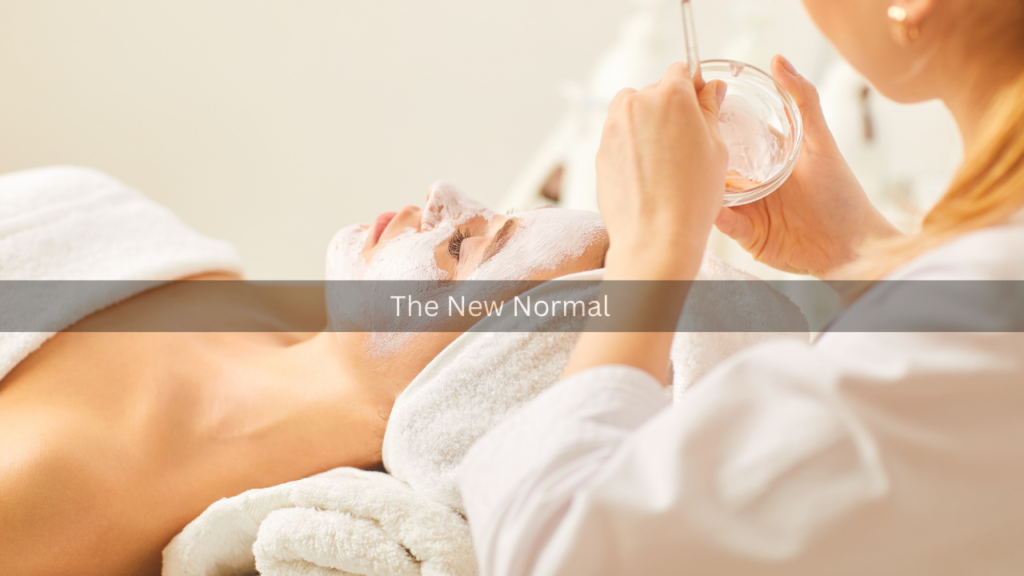
In recent years, cosmetic procedures have shifted from being a niche luxury for the rich and famous to becoming a mainstream choice for people from all walks of life. With increasing accessibility, advances in technology, and the power of social media, cosmetic procedures are not only more popular but are also reshaping global beauty standards. What was once considered a rare or extreme enhancement is now seen as an everyday option for enhancing one’s appearance, signaling the advent of a “new normal” in the world of beauty.
The Rise of Cosmetic Procedures
Over the last decade, the cosmetic surgery industry has seen an exponential rise in demand. Minimally invasive treatments, such as Botox, dermal fillers, and laser skin treatments, have led the way by offering faster recovery times and fewer risks. The global market for aesthetic procedures was valued at over $63 billion in 2022, with predictions that it will continue to grow substantially. The normalization of cosmetic procedures can be attributed to a number of factors, including advancements in medical technology, greater societal acceptance, and increasing pressure to look youthful.
Social Media and the “Insta-Ready” Look
A major driving force behind this shift is the influence of social media platforms like Instagram, TikTok, and YouTube. These platforms have contributed to the rise of what is now referred to as the “Insta-ready” look—flawless skin, defined facial features, and a generally polished appearance that’s highly visible in influencer culture. Filters and editing tools have allowed people to modify their digital appearance, but with the rise of cosmetic procedures, many are opting for permanent or semi-permanent enhancements to align their real-life appearance with their digital persona.
Influencers, celebrities, and even everyday people use these platforms to showcase their enhanced looks, often sharing their cosmetic journeys with their followers. This has helped to normalize and demystify procedures, creating a ripple effect where more people feel comfortable pursuing aesthetic enhancements. Moreover, with online tutorials and testimonials, people have access to information and firsthand accounts, making cosmetic procedures seem more accessible and less taboo.
Changing Beauty Ideals
The democratization of cosmetic procedures has led to evolving beauty ideals. While traditional beauty standards have long been shaped by culture, geography, and media, cosmetic surgery now allows individuals to personalize their appearance in ways that defy conventional norms. This personalization means that there is no longer one ideal face or body shape to aspire to; beauty is increasingly seen as something customizable.
For instance, procedures like rhinoplasty, lip fillers, and jawline contouring allow individuals to accentuate features they feel are aligned with their aesthetic goals. However, while this flexibility can be empowering, it also raises questions about the homogenization of beauty. As more people undergo procedures to achieve similar looks—such as fuller lips, high cheekbones, or a slim waist—there is concern that cosmetic procedures may ultimately reduce diversity in beauty standards rather than expand it.
Psychological Impact and Self-Perception
While cosmetic procedures are often marketed as ways to boost self-confidence, they also have a profound impact on self-perception. Studies have shown that people who undergo cosmetic enhancements often experience an initial boost in self-esteem. However, the constant exposure to idealized beauty on social media can lead to heightened self-scrutiny and dissatisfaction, creating a cycle where individuals feel the need for more procedures to “keep up.”
The danger lies in cosmetic procedures becoming a routine part of life, where people may feel pressure to undergo more frequent or invasive surgeries to maintain an appearance that aligns with current beauty trends. This “new normal” can make it difficult for individuals to accept the natural aging process or embrace their unique physical traits.
Conclusion
As cosmetic procedures continue to rise in popularity, they are undeniably redefining beauty standards. The new normal is one where beauty is increasingly viewed as something that can be altered, enhanced, or perfected through technology. While this can empower individuals to take control of their appearance, it also raises questions about the long-term effects on self-esteem, societal pressure, and the potential homogenization of beauty ideals. The future of beauty is undoubtedly evolving, and cosmetic procedures are at the forefront of this transformation.